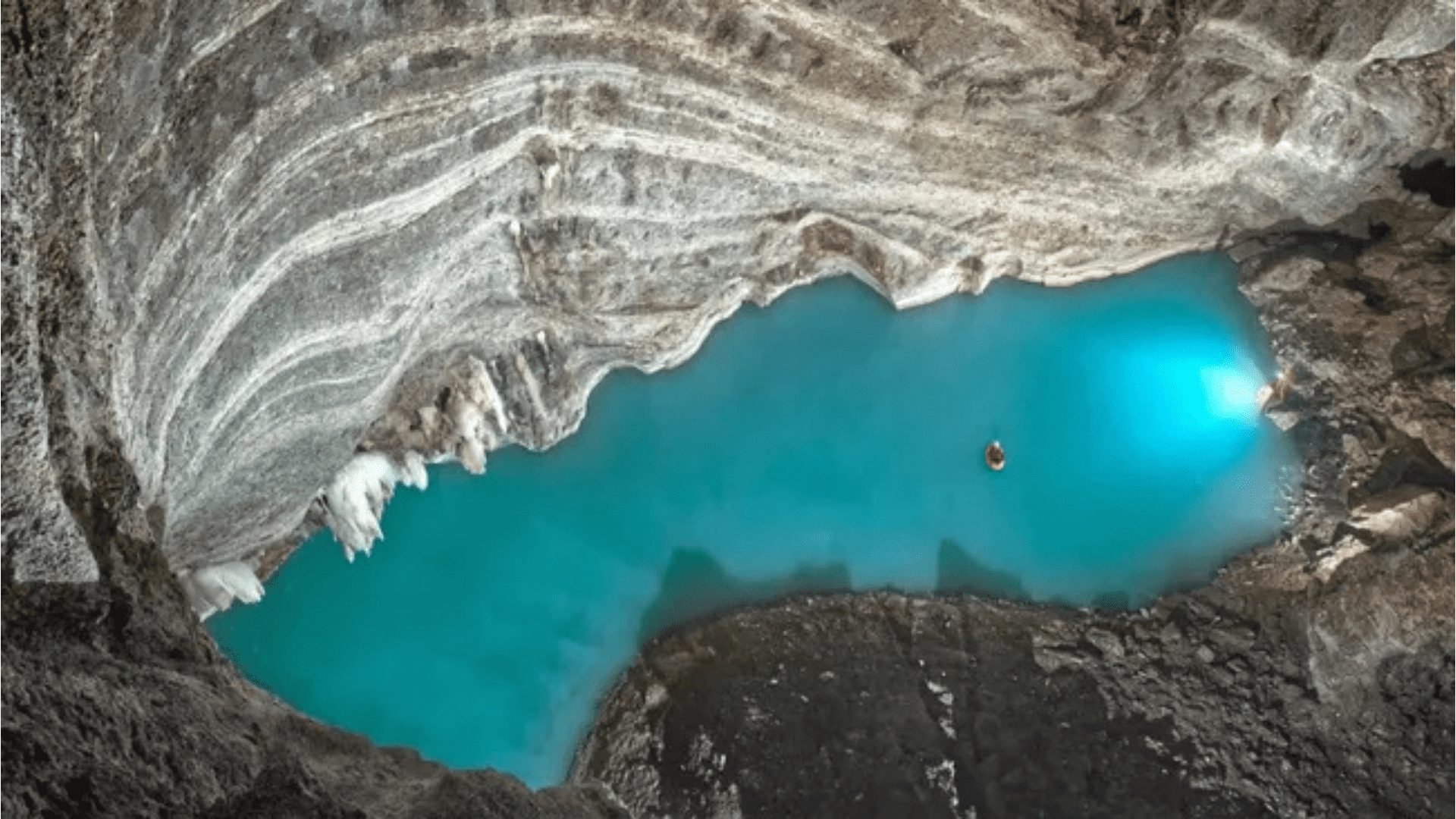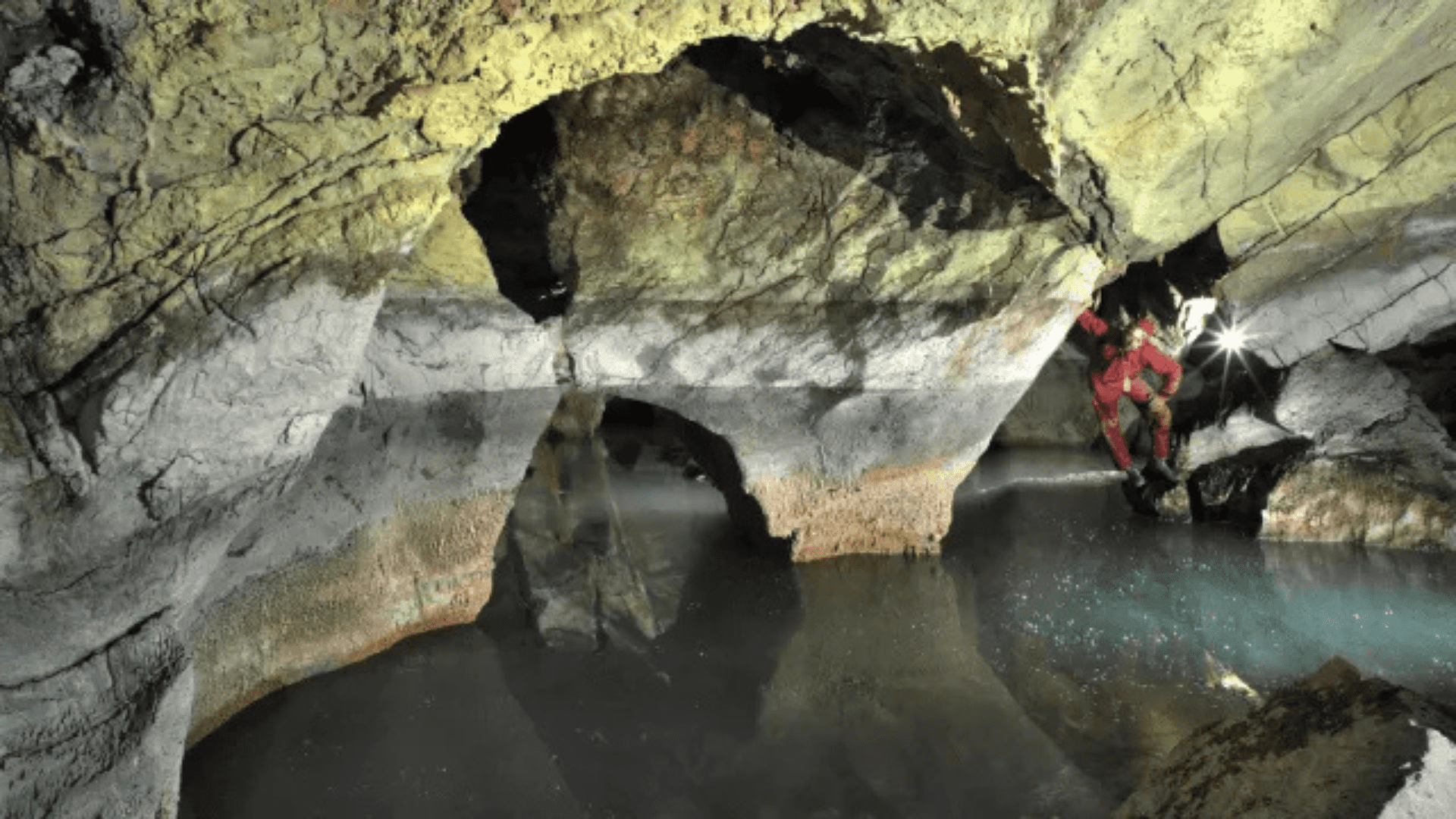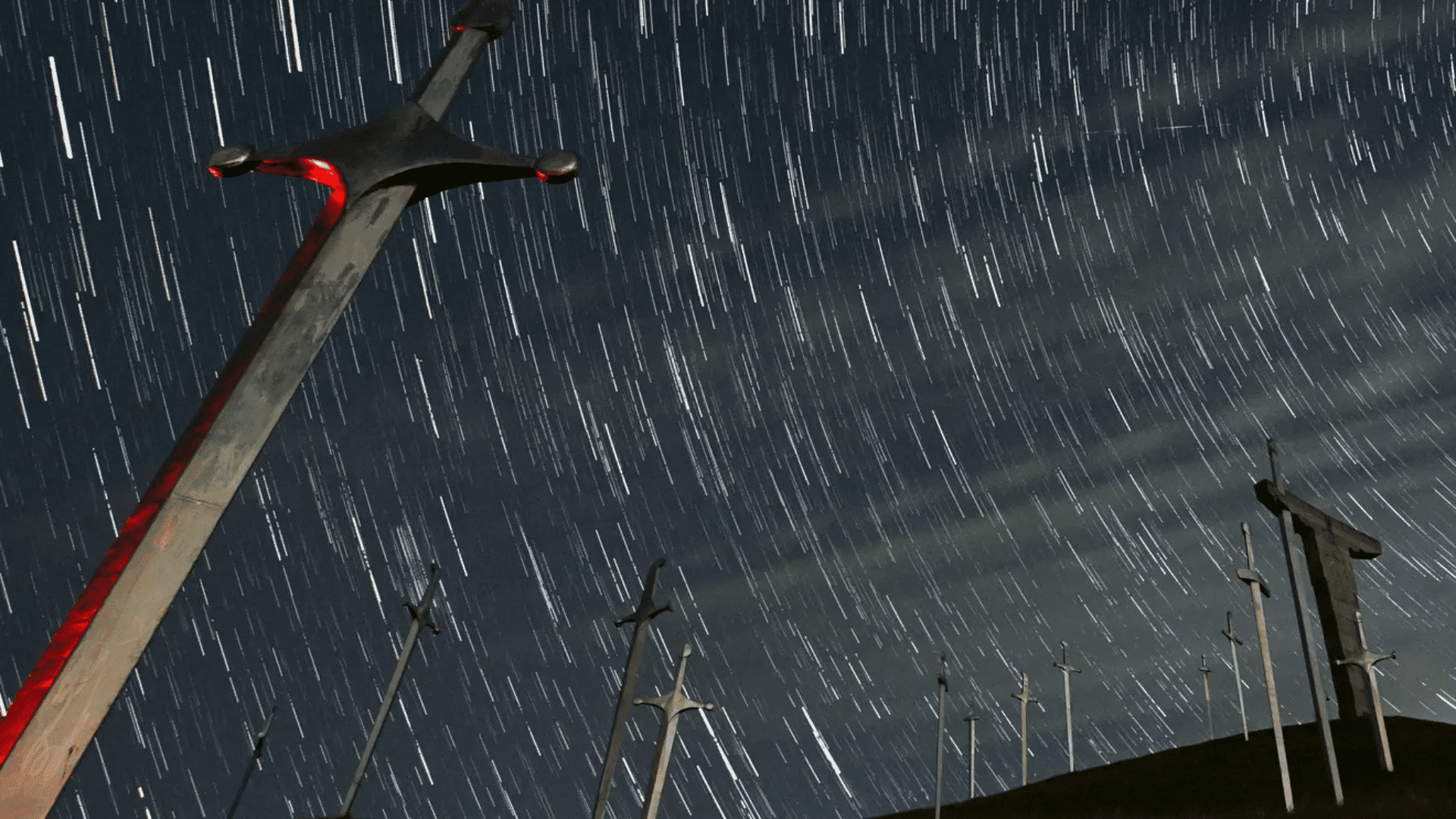A thermal lake is a “hot lake” heated by geothermal energy within the Earth’s crust. Some of the largest thermal lakes are found in cave systems deep underground. Researchers say they recently discovered the world’s largest thermal lake in a cave in southern Albania.
World’s Largest Thermal Lake

A recent expedition confirmed the size of the underground thermal lake. Researchers discovered the underwater structure four years ago but didn’t have the proper technology to measure it. The team of researchers from the Czech Republic returned to the cave in 2024 with state-of-the-art 3D scanners. According to a translated statement, the technology confirmed that it is the largest of its kind known to science.
Scientists named the thermal lake “Neuron” after the foundation that funded the recent expedition. The lake measures 454 feet (138 meters) long and 138 feet (42 m) wide.
“In order for Czech science to present this phenomenal discovery, it was necessary to conduct scientific research and precise measurements,” Marek Audy, a cave explorer who led both expeditions, said in the statement. Audy and his team first discovered the thermal lake while exploring the border region between Albania and Greece.
While exploring the region, they spotted a huge column of steam coming from a mountain range. When the team investigated further, they found that the steam was rising up from an abyss more than 330 feet deep. The researchers found an extensive system of caves, some with thermal springs and one with a vast lake, Auby said.
Neuron Lake

“During our initial exploration, we created a basic map using our equipment and immediately realized that we had discovered something extraordinary,” photographer and expedition member Richard Bouda told Euronews.
Last year, researchers scanned the lake using a laser instrument to measure distances and create 3D models to map it in detail. The results indicate that the lake holds 294,350 cubic feet of water, equivalent to about 3.5 Olympic swimming pools. Audy hopes to return and study the lake further.
“It’s something that could have a huge impact on understanding underground ecosystems and geological processes,” he said. “We want to look at other parts of the cave and learn more about the geology and biology of this area.”







